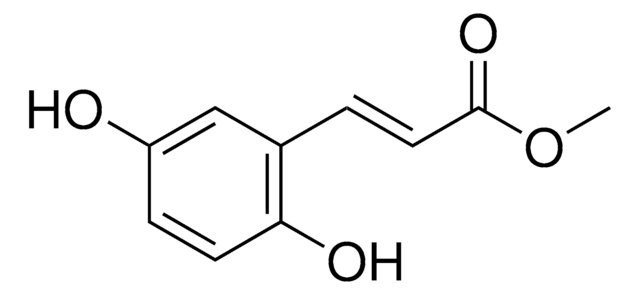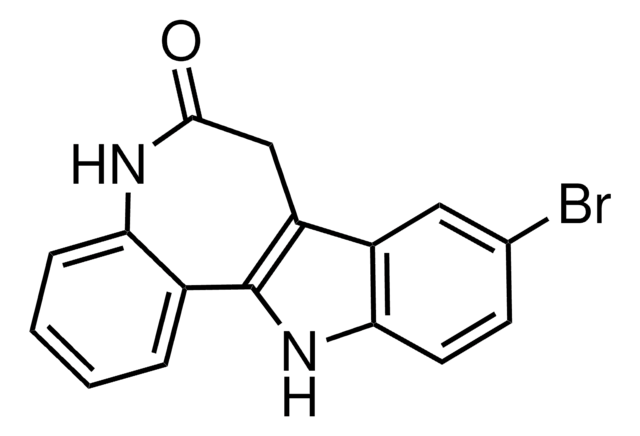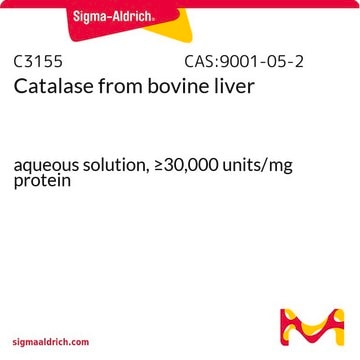OGS524
PSF-CMV-RAT-IGG1 HC - RAT IGG1 HEAVY CHAIN ANTIBODY PLASMID
plasmid vector for molecular cloning
Synonyme(s) :
cloning vector, expression vector, molecular cloning vector, plasmid, plasmid vector, snapfast vector, vector
About This Item
Produits recommandés
Forme
buffered aqueous solution
Poids mol.
size 5236 bp
Sélection de bactéries
kanamycin
Origine de la réplication
pUC (500 copies)
Clivage des peptides
no cleavage
Promoteur
Promoter name: CMV
Promoter activity: constitutive
Promoter type: mammalian
Gène reporter
none
Conditions d'expédition
ambient
Température de stockage
−20°C
Description générale
Promoter Expression Level: This plasmid contains the mammalian CMV promoter to drive gene expression. We have tested all of our mammalian promoters in a range of cell types and CMV is consistently the strongest in those we have studied. However there are many reports of the CMV promoter demonstrating silencing by methylation in long-term culture.
Application
To enable this immediately upstream of the constant region coding sequence there is a BseRI restriction site. This is a type-IIS restriction enzyme that binds in one position (CAGCAG) and then cleaves a specific number of nucleotides away from the binding site regardless of the sequence at the cleavage point. We use this site in all of our antibody expression cassettes in the same position. In this plasmid cutting with BseRI will result in an overhang consisting of the first two nucleotides of the first codon of the constant region. This means that any variable region with the same overhang at its 3 prime end can be ligated into this plasmid when used in conjunction with any 5 prime site (NotI-NcoI). To add this overhang the variable region must be PCR amplified to contain any of the following sites at its 3 prime end: BseRI BsgI BtsI or BsrDI. By using this system it allows antibody variable regions to PCR amplified and fused to any of our constant region plasmids without having to re-synthesise the entire antibody expression cassette each time.
Séquence
Remarque sur l'analyse
Produit(s) apparenté(s)
Code de la classe de stockage
12 - Non Combustible Liquids
Point d'éclair (°F)
Not applicable
Point d'éclair (°C)
Not applicable
Faites votre choix parmi les versions les plus récentes :
Certificats d'analyse (COA)
It looks like we've run into a problem, but you can still download Certificates of Analysis from our Documents section.
Si vous avez besoin d'assistance, veuillez contacter Service Clients
Déjà en possession de ce produit ?
Retrouvez la documentation relative aux produits que vous avez récemment achetés dans la Bibliothèque de documents.
Active Filters
Notre équipe de scientifiques dispose d'une expérience dans tous les secteurs de la recherche, notamment en sciences de la vie, science des matériaux, synthèse chimique, chromatographie, analyse et dans de nombreux autres domaines..
Contacter notre Service technique








